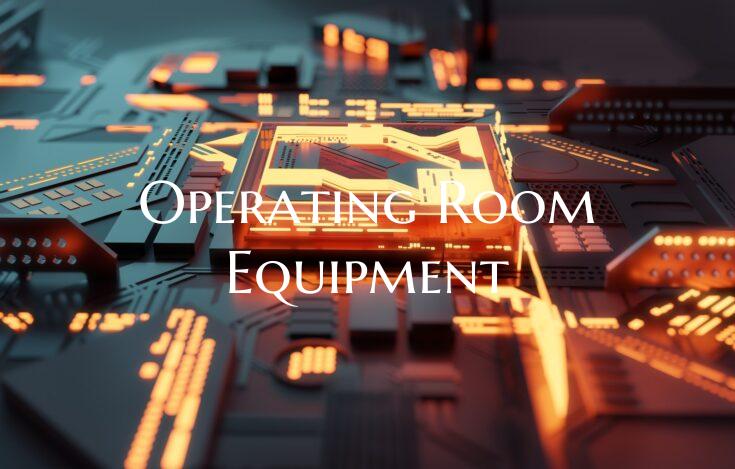Operating Room Equipment
Operating rooms are critical areas within healthcare facilities where surgical procedures are performed to treat various medical conditions. To ensure the success and safety of each procedure, a wide range of specialized equipment is utilized. This guide offers an overview of the essential equipment found in operating rooms and their functions.
1. Surgical Lights: Surgical lights are overhead lights designed to provide illumination during surgical procedures. These lights are adjustable in intensity and focus to ensure optimal visibility for the surgical team. LED lights are commonly used due to their bright, white light that closely resembles natural daylight.
2. Operating Tables: Operating tables are specialized tables where patients lie during surgical procedures. These tables are designed to be adjustable, allowing for different positioning required for various surgeries. Features such as tilt, height adjustment, and radiolucent properties for imaging compatibility are common in modern operating tables.
3. Anesthesia Machines: Anesthesia machines are vital in administering controlled doses of anesthesia to patients during surgery. These machines deliver a mixture of gases and anesthetic agents to keep patients unconscious and pain-free throughout the procedure. Advanced anesthesia machines also monitor vital signs to ensure patient safety.
4. Surgical Instruments: Operating rooms are equipped with a vast array of surgical instruments tailored for specific procedures. These instruments include scalpels, forceps, scissors, retractors, and clamps, among others. Sterilization is crucial to prevent infections, so instruments are usually made of stainless steel for durability and ease of sterilization.
5. Electrosurgical Units: Electrosurgical units are used for cutting, coagulating, and desiccating tissue during surgery. These devices deliver electrical currents to tissues, enabling surgeons to perform precise incisions and control bleeding effectively. Safety features like grounding pads help protect patients from unintended burns.
6. Patient Monitors: Patient monitors are essential for tracking vital signs such as heart rate, blood pressure, oxygen saturation, and temperature during surgery. Continuous monitoring of these parameters allows the surgical team to respond promptly to any changes in the patient's condition and ensure their well-being throughout the procedure.
7. Sterilization Equipment: Sterilization equipment is crucial for maintaining aseptic conditions in the operating room. Autoclaves, sterilizers, and disinfectant systems are used to sterilize surgical instruments, linens, and other equipment to prevent the spread of infections. Proper sterilization protocols are strictly followed to ensure patient safety.
In conclusion, operating room equipment plays a vital role in the success of surgical procedures by providing a safe and efficient environment for surgical teams to work. Understanding the functions and importance of each piece of equipment helps ensure that surgeries are conducted with precision, accuracy, and patient well-being in mind.

